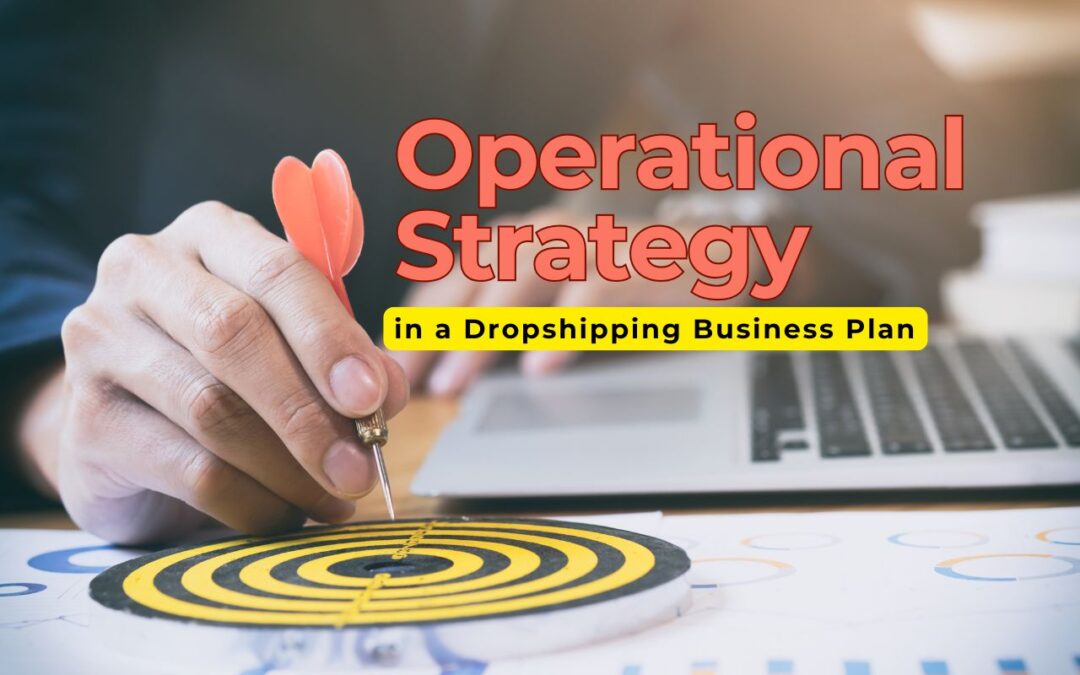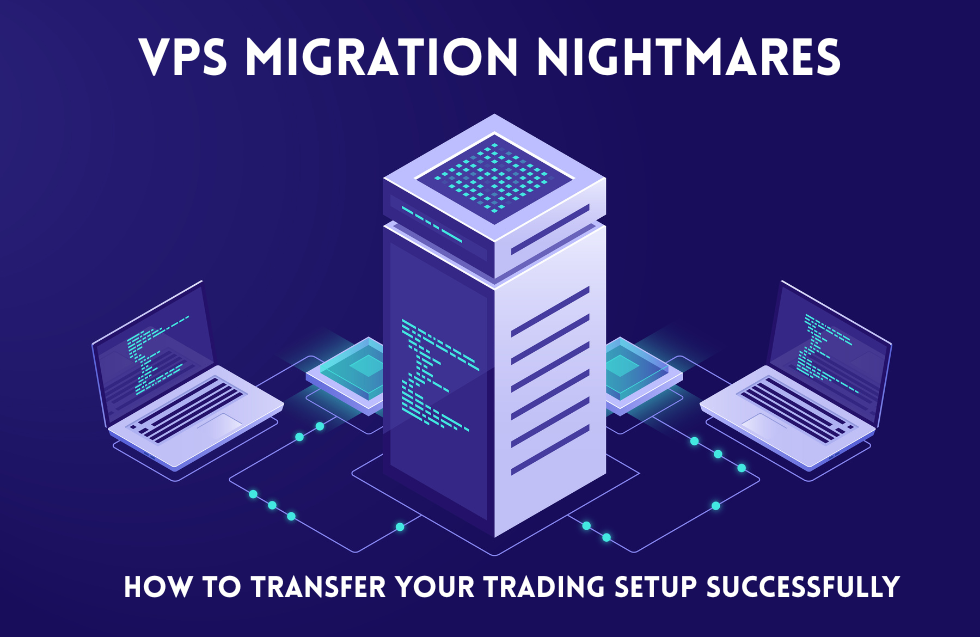When launching a dropshipping business, having a clear and actionable operational strategy is essential for success. Unlike traditional retail models, dropshipping requires a precise understanding of logistics, supplier coordination, and customer service — all while managing your business remotely. Defining a solid operational strategy not only streamlines your day-to-day activities but also prepares your business to scale.
In this guide, we’ll walk you through how to define your operational strategy within your dropshipping business plan — with tips, templates, and best practices to get you started and succeed in the long run.
What Is an Operational Strategy?
An operational strategy outlines how your business will run on a day-to-day basis to deliver value to customers. It includes:
- Order fulfillment process
- Supplier management
- Inventory tracking
- Shipping and returns
- Customer service
- Technology and automation systems
- Performance measurement
For a dropshipping business, where you don’t handle inventory directly, your operational plan must emphasize efficiency, accuracy, and communication with third-party suppliers. A weak link in your operational chain can result in unsatisfied customers, negative reviews, and business failure.
Key Characteristics of an Effective Operational Strategy:
- Clarity in every business process
- Defined roles and responsibilities
- Scalability for business growth
- Real-time decision-making support
- Integration with your marketing and financial plans
Why Operational Strategy Matters in Dropshipping
In dropshipping, your operational efficiency defines your customer experience. Delays, poor communication, or lack of automation can lead to negative reviews and lost revenue. A well-defined strategy helps:
- Minimize shipping delays
- Reduce return rates
- Improve supplier reliability
- Streamline order processing
- Increase profit margins
- Support a high volume of orders without compromising service quality
Dropshipping gives you the benefit of lower overhead costs, but that doesn’t eliminate the need for a detailed strategy. Your suppliers, platforms, and customers all depend on the systems you put in place.
Steps to Define Your Operational Strategy
1. Choose Reliable Dropshipping Suppliers
Your suppliers play a crucial role in your business. Poor suppliers can sink your reputation, even if your marketing is top-notch.
What to Look For in a Supplier:
- Fast shipping times (especially for local dropshipping)
- Consistent product quality
- Good communication and responsiveness
- Integrated platforms for seamless order processing
- Transparent return and refund policies
How to Vet a Supplier:
- Order samples and evaluate shipping time and packaging
- Read online reviews from other dropshippers
- Ask detailed questions about their stock and return policies
- Test their support responsiveness
Building long-term relationships with suppliers helps you get better pricing, quicker responses, and access to exclusive products.
2. Outline Your Order Fulfillment Workflow
Your operational strategy must include a crystal-clear fulfillment process. This is what happens once a customer places an order:
Standard Order Fulfillment Process:
- Customer places an order on your online store.
- Your e-commerce platform forwards the order to your supplier.
- Supplier processes and ships the item.
- Tracking number is generated.
- Tracking is shared with the customer automatically.
- You monitor the delivery process to ensure fulfillment.
You can even use custom integrations to sync your store directly with supplier systems, reducing errors and processing time.
3. Define Customer Service Protocols
Excellent customer service is non-negotiable in dropshipping. Because you don’t control the shipping process, your response to customer concerns can make or break your business.
Create a Customer Service SOP (Standard Operating Procedure):
- Set a standard response time (within 24 hours)
- Include FAQs for common issues (delays, lost packages, wrong items)
- Create templates for email and live chat replies
- Define escalation procedures for refunds or returns
Consider outsourcing to a virtual assistant (VA) for 24/7 support as your order volume grows.
4. Manage Inventory Without Warehousing
Even though you don’t hold stock, you still need to manage inventory information effectively.
Inventory Best Practices:
- Use inventory sync systems that automatically update product availability
- Receive alerts when items are low or out of stock
- Offer alternative product recommendations for sold-out items
- Clearly communicate expected restock dates to customers
Automated inventory management minimizes overselling and customer dissatisfaction.
5. Plan for Shipping and Returns
Shipping is one of the most crucial parts of your dropshipping strategy. Poor shipping management leads to canceled orders and bad reviews.
Define Your Shipping Strategy:
- Standard delivery time: e.g., 7-14 business days
- Premium delivery options (if supported)
- Flat-rate or free shipping policies
- Clear shipping zones and costs
Manage Returns and Refunds:
- Define who pays for return shipping (you or the customer)
- Set refund timelines
- Create return request forms
- Communicate return conditions clearly (damaged items, wrong products, etc.)
Transparency builds trust with your customers.
6. Leverage Technology and Automation
Automation is your best friend in a dropshipping model. You can eliminate repetitive tasks, reduce errors, and scale efficiently.
What to Automate:
- Order forwarding to suppliers
- Customer notifications (order confirmations, tracking)
- Customer reviews and follow-up emails
- Abandoned cart recovery
- Upsells and cross-sells
- Customer support ticket assignment
The more you automate, the more time you can spend on strategy and growth.
7. Track KPIs and Optimize Regularly
You can’t improve what you don’t measure. Include measurable goals and performance tracking in your operational strategy.
Key Metrics to Monitor:
- Order fulfillment time
- Customer satisfaction (CSAT)
- Net Promoter Score (NPS)
- Return rate
- Order error rate
- Customer service response time
Regular optimization improves efficiency and keeps you ahead of the competition.
Integrating Operational Strategy Into Your Business Plan
Your operational strategy shouldn’t exist in a vacuum. Make sure it aligns with other sections of your dropshipping business plan:
Executive Summary:
Highlight how your streamlined operations support customer satisfaction and scalability.
Market Analysis:
Show how your operational model meets the demands of your target audience.
Financial Plan:
Incorporate costs related to automation systems, shipping, returns, and customer service staffing.
Marketing Strategy:
Explain how fast, reliable delivery and great support reinforce your brand.
Common Operational Pitfalls to Avoid
Even with a solid plan, mistakes happen. Here are some traps to watch out for:
- Relying on one supplier: Always have backups for your top-selling products.
- Ignoring customer feedback: Use reviews to improve processes.
- Manual order handling: Automate early to avoid bottlenecks.
- Slow response times: Use autoresponders and VAs to maintain engagement.
- Lack of quality checks: Test products yourself regularly.
Avoiding these mistakes keeps your operation lean and customer-friendly.
Final Thoughts
Defining your operational strategy early on will save you headaches down the road. A solid plan enables you to scale your dropshipping business, deliver exceptional customer service, and stay competitive in a saturated market.
Your operational strategy is not just a section in your business plan; it’s the backbone of your entire business. When done right, it becomes your secret weapon for profitability, consistency, and long-term success.












